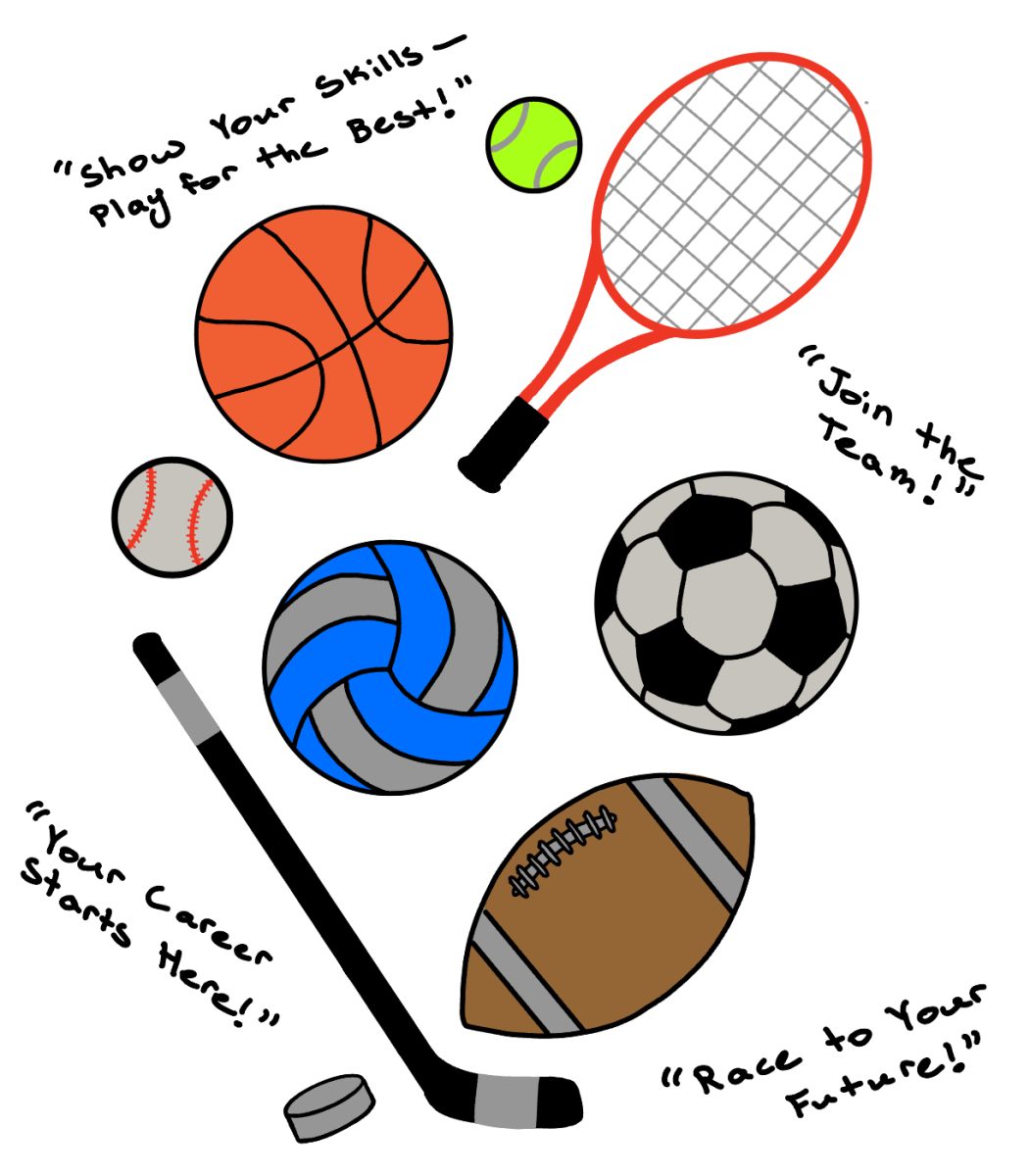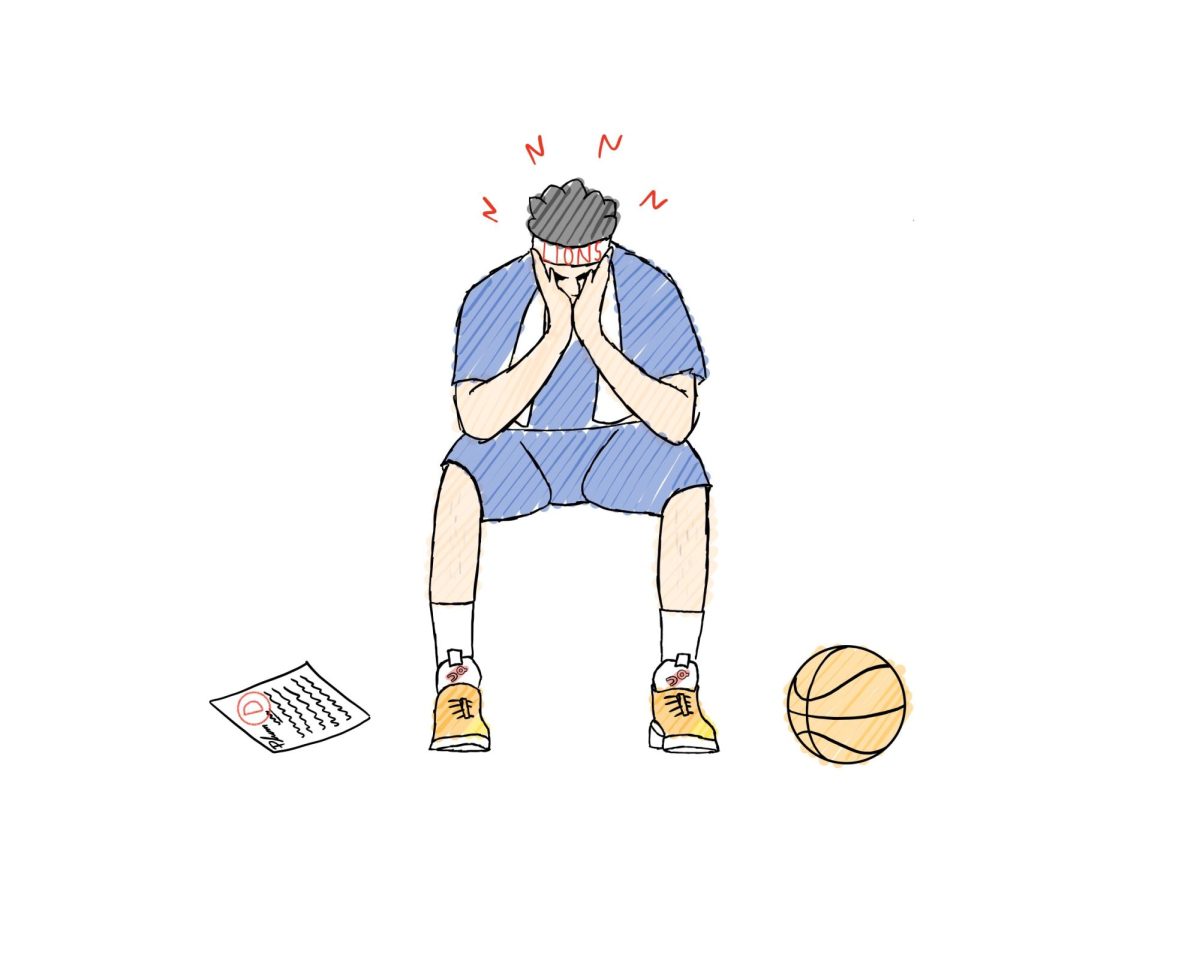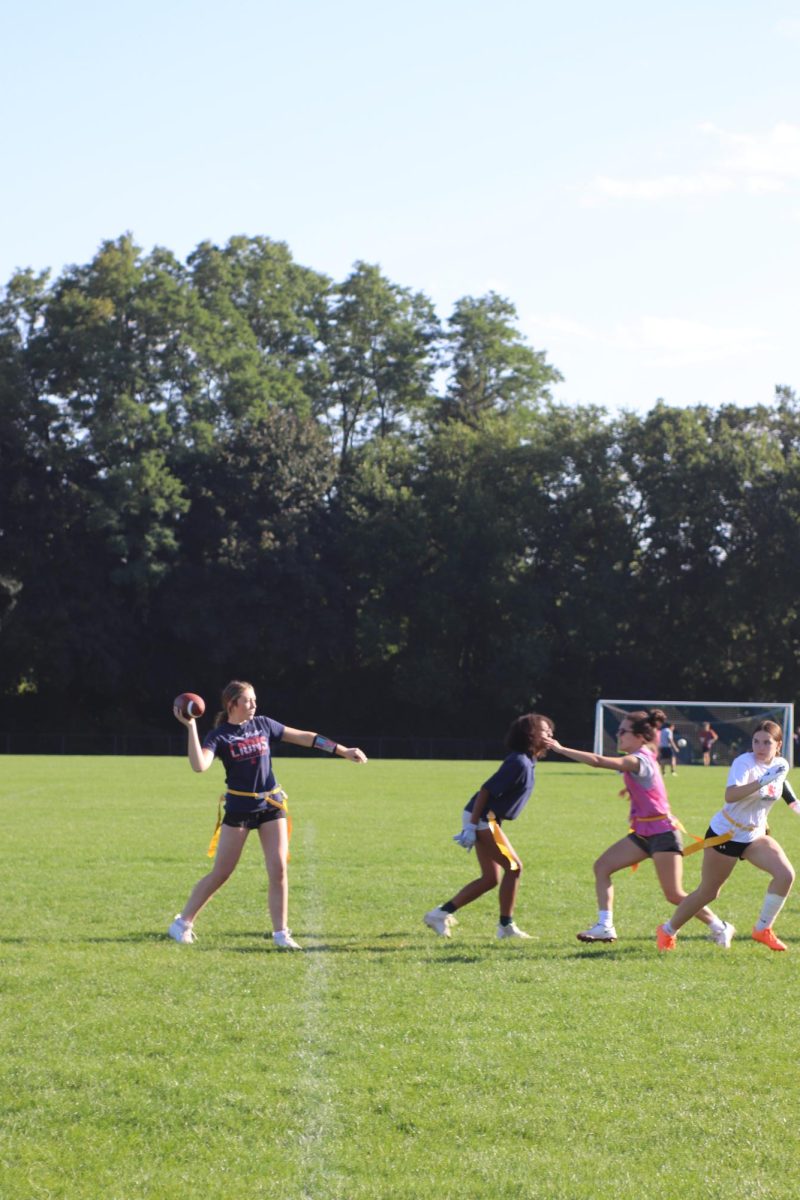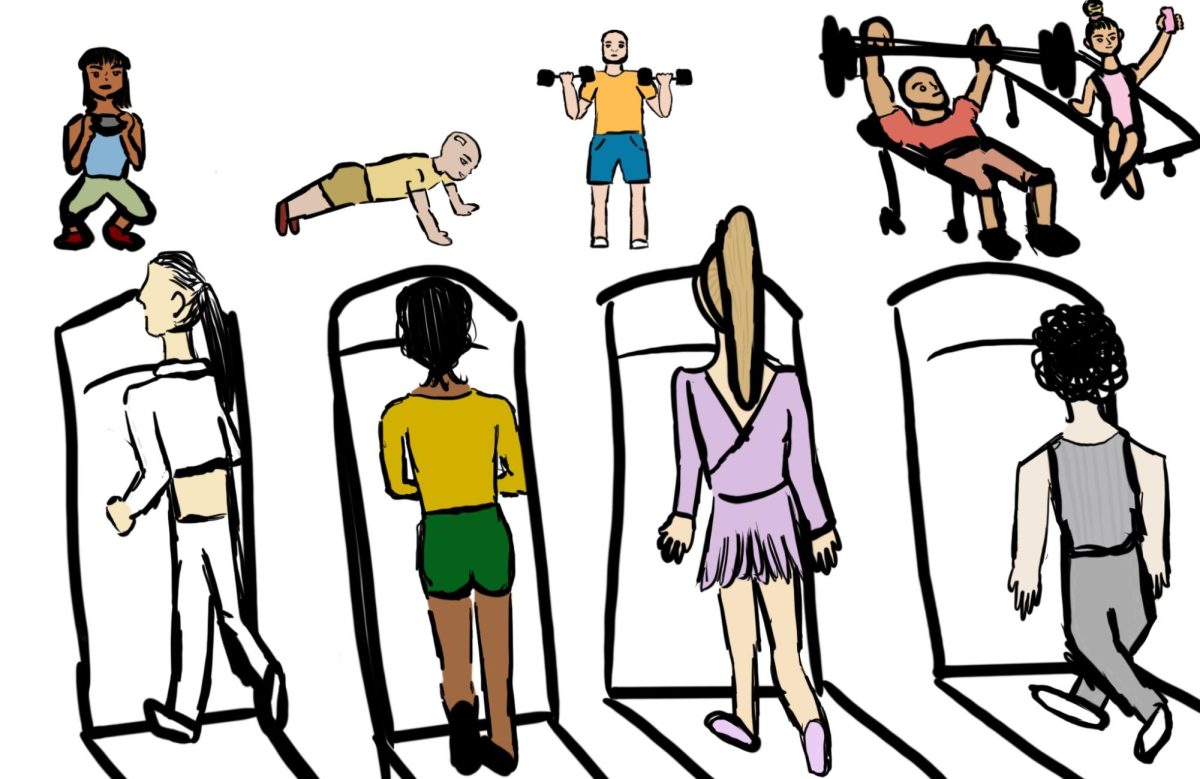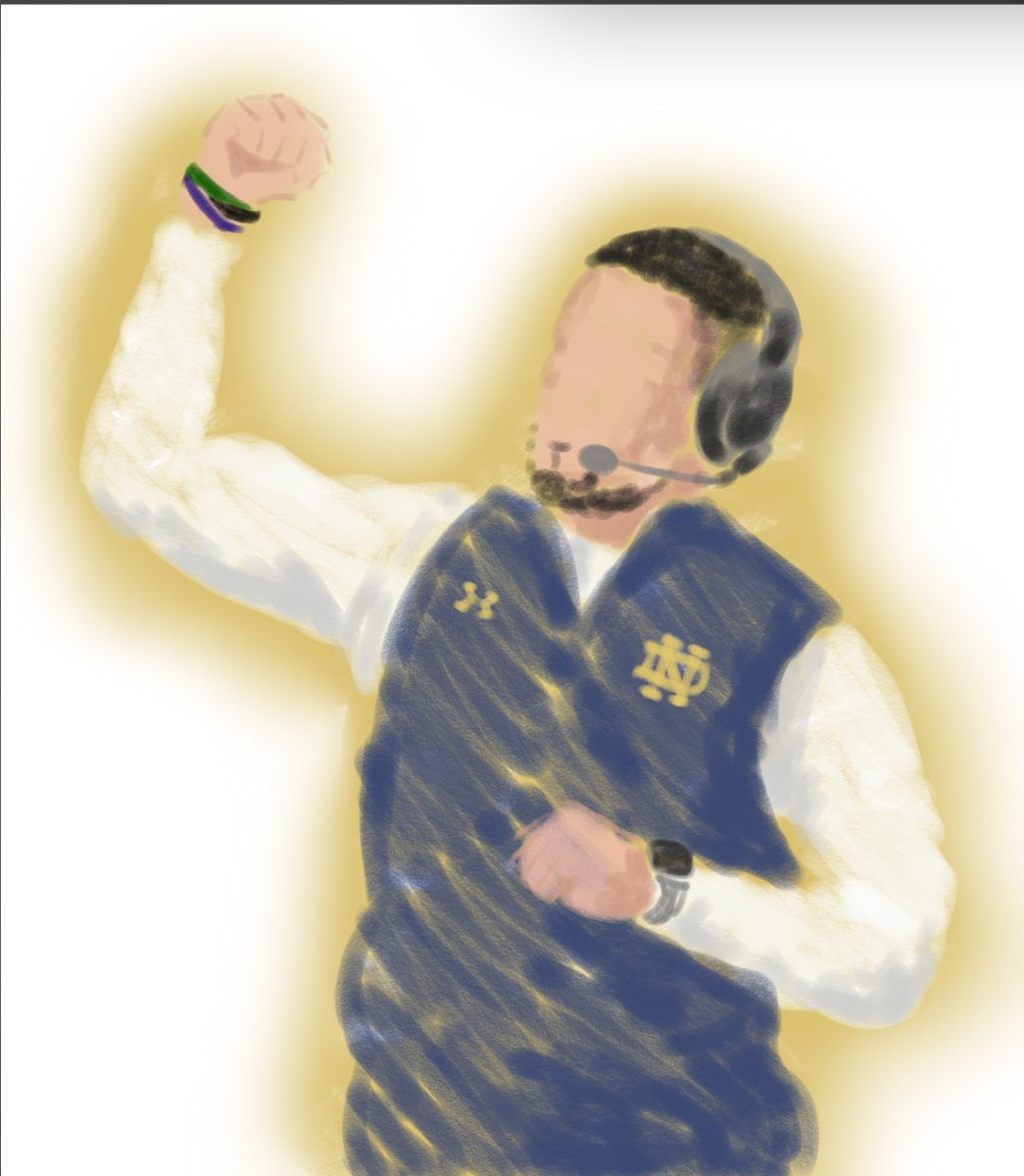High School sports are some of the most challenging and competitive times for an athlete. Depending on what sport an athlete plays, high school can be a critical time for recruiting to go to college. But, the competition of the high school matters as well. There are arguments that schools should not be recruiting in high school, but some say that high school is what sets them up for college.
In July of 2021, the NCAA gave some high school athletes the ability to make money from their NIL (name, image and likeness). NIL can help with recruiting by getting colleges’ attention, it is a way for high school athletes to get their name out, this allows them to control how they profit. Many collegiate athletes make money from those deals, but high school athletes are rarely found making profit from it. Today, only 40 states allow athletes that are in high school to accept compensation. In Illinois, the IHSA does allow student-athletes to get compensation and even allows a school to provide support for future NIL opportunities.
IHSA does not allow high school students to be recruited and they strictly prohibit giving out offers to the athletes. Section 3.070 of IHSA Rulebook states “Recruitment of students or attempted recruitment of students for athletic purposes if prohibited, regardless of their residence.” They do allow school administrators to start contact with a prospective student-athlete, provided that the student is a prospective student, not athlete. The IHSA has loose rules around the subject, but the general idea is: no recruiting allowed.
In Illinois, there is a restriction on high school students participating in non-school sports during their school’s competitive season. This would mean, student-athletes in high school would not be able to play in their club sport, with a club team. In most circumstances, club sports are more prevalent to recruiting and getting athletes into college. The IHSA has a new bill that is in motion through the Illinois House and Senate that would overtake that rule. It is called the “Right to Play Act”. This would allow student-athletes to compete in up to three outside contests during the high school season, but the student must receive permission from the school and the IHSA. The only exception to this is a diver that is at a school that does not have diving facilities.
“I think it’s unfair that we don’t get to play high school and club, I have fun in high school sports but I want to play in college and club helps more than high school does. Making the choice between the two is really frustrating because I want to play both,” said junior soccer, basketball, and flag football player Kalin McCrea.The “Right to Play Act” would directly affect athletes, like McCrea, helping them to play in their club sports while also competing at the high school level.
State Representative Katie Stuart believes that the rules exist primarily for protecting health and safety. If an athlete in high school gets injured but the club coach does not know, then there is a lack of communication because the athlete wants to play, but they’re injured. The bill passed the Education Policy Committee at a unanimous vote. It is now on its way to the House. The IHSA also prohibits students from practicing with or against any collegiate team, and no students are allowed to participate on an all-star team during their high school career until they complete interscholastic athletic eligibility. After that, they are allowed to be in up to three all-star contests.
High school is an important time for student-athletes, it is the prime time for recruiting and getting colleges’ attention. The question of whether or not high schools should allow recruiting is a gray area. Athlete safety is the number one priority, but their success is also important. The IHSA doesn’t plan on changing any major rules any-time soon, besides adding the “Right to Play Act”.



